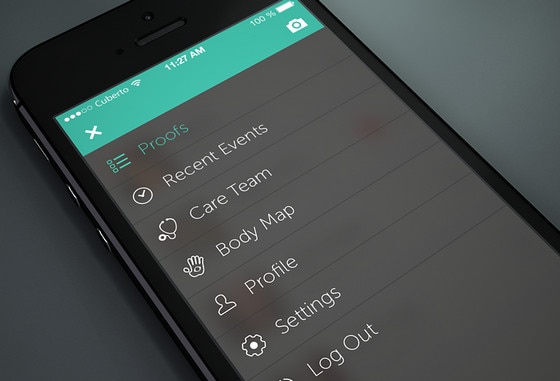
How to create an animated Vue Sidebar menu with Vue.Observable
- Project Setup. If you don't have a dev environment around you could also create a project with https://codesandbox.io vuejs template and start coding.
- Component Design. To follow the vue approach we will split the app into different module-like pieces called Components.
- The Vue Burger Menu Component. ...
- The Vue Sidebar Component. ...
How do I add a sidebar menu in Vue?
A Vue.js Sidebar Menu Component Install the plugin globally. Or import the component locally. //App.vue import { SidebarMenu } from 'vue-sidebar-menu' export default { components: { SidebarMenu } }
How to create a Burger menu in Vue?
1. Project Setup 2. Component Design 3. The Vue Burger Menu Component 4. The Vue Sidebar Component 5. Build the final navigation UI (Burger + Sidebar) 6. Sharing data between sidebar and burger component with Vue.observable ()
How to create a sidebar component in WordPress?
To open the sidebar you need to click the burger button. To close it you can click anywhere outside of the sidebar like a modal. We proceed to build the sidebar component: First we're going to create a sidebar-backdrop div which is shown when the sidebar is open. So you have add the v-if attribute to it. Also add a click event to close the sidebar.
How to achieve communication between components in Vue JS?
The solution: To achieve communication between components we will use Vue.observable. which can be used as a minimal, cross-component state store for simple scenarios.

1. Project Setup
If you don't have a dev environment around you could also create a project with https://codesandbox.io vuejs template and start coding.
2. Component Design
To follow the vue approach we will split the app into different module-like pieces called Components. We will create two separate components named Sidebar and Burger which have their own markup, logic and style. This approach makes them reusable in other apps or websites.
3. The Vue Burger Menu Component
Let's start with the Burger component. I will explain it step by step:
4. The Vue Sidebar Component
We will build a slide-out Sidebar which animates from the left to the right. This kind of sidebar is used in many apps and websites. To open the sidebar you need to click the burger button. To close it you can click anywhere outside of the sidebar like a modal. We proceed to build the sidebar component:
6. Sharing data between sidebar and burger component with Vue.observable ()
Since it's not recommended to change the value of isNavOpen directly instead you should use a mutation for it. That means whenever we want to update a state i.e. a simple variable we need to run a mutation. That's it.
Styles
or you can override Sass variables (complete list of all variables can be found in src/scss/_variables.scss) and create your own theme
Customize link
by default the component use a customized version of <router-link>, if your are using a 3rd party framework you can customize the link via the use of the link-component-name prop.
Configuring the Side Bar
The side bar is configured using the grid property sideBar. The property takes multiple forms to allow easy configuration or more advanced configuration. The different forms for the sideBar property are as follows:
Configuration Shortcuts
The boolean and string configurations are shortcuts for more detailed configurations. When you use a shortcut the grid replaces it with the equivalent long form of the configuration by building the equivalent SideBarDef.
Side Bar Customisation
If you are using the long form (providing a SideBarDef object) then it is possible to customise. The example below shows changing the label and icon for the columns and filters tab.
Providing Parameters to Tool Panels
Parameters are passed to tool panels via the componentParams object. For example, the following code snippet sets suppressRowGroups: true and suppressValues: true for the columns tool panel.
Side Bar API
The list below details all the API methods relevant to the tool panel.
Next Up
Now that we covered the Side bar, continue to the next section to learn about the Columns Tool Panel.
